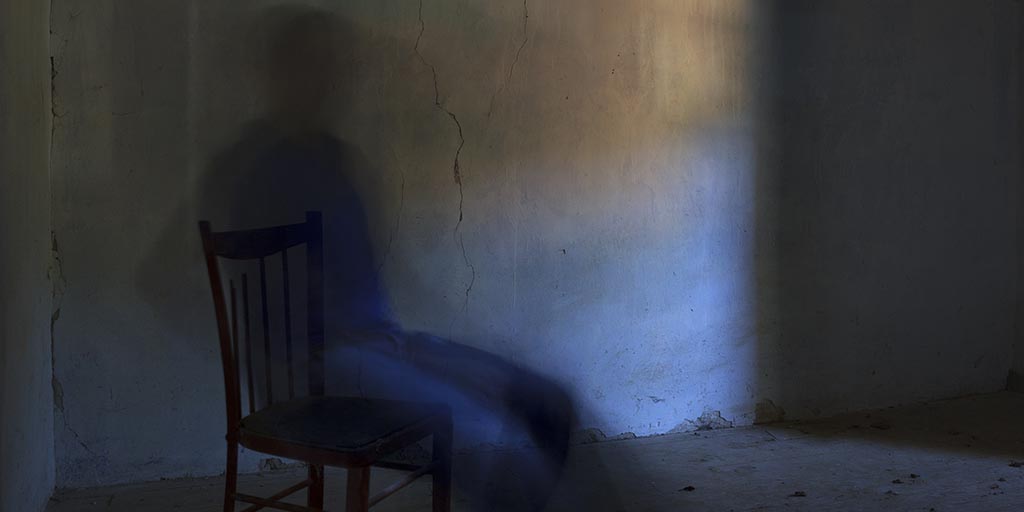Ghosts: The forensic science in the making
 CREDIT: FERNANDO ALVAREZ CHARRO ON THINKSTOCK
CREDIT: FERNANDO ALVAREZ CHARRO ON THINKSTOCKThe scientific look at ghosts and whether or not they are real.
“It’s sad,” the scientist said.
“What’s sad?” he asked.
“All that’s left is this imprint of her, in this room,” she explained. “Her last moments captured in time, and they weren’t even happy ones.”
“But that’s not all that’s left… she had family and friends, and by the looks of it, a loved one too,” he replied. “She’ll be remembered with joy.”
“If you say so… but this imprint will continue to haunt this place until the energy is depleted someday,” she said, leaving the room.
One might consider that there are no ghosts, but paranormal activity exists, and is measurable with electric and magnetic devices. Those last moments of death, those last seconds when your life is magnified by fear, despair, madness and emotions of any kind are fueled with energy that is needed by your body and mind.
This energy can’t simply disappear; it will transform (just as any energy would) itself or go somewhere. It may pass onto the objects and room in which they are in, and somehow imprint itself onto them. Sometimes those objects or places can reflect that energy back, if certain favourable circumstances are met, and manifest themselves as a haunt.
In this way of seeing the world of ghosts, we can say that most ghostly apparitions are just that, energy that was trapped in objects, in rooms, in houses, in the air, etc., at that moment of high-energy production.
But must you really need to be dead to imprint? Can only the living haunt? There are many testimonials about how one can hear old factories working their machines away, as if they were actually functioning, when in fact many years have passed since they were closed.
We are drawn to haunts, mostly from those left by people that died violently or in states of mind and body where a lot of energy is being felt. It’s also possible to die in a pleasant high energy happy-state, and to by consequence “haunt a place with your last happiness”. Wouldn’t it be nice to be a happy ghost?
However, poor, dead victims are usually the ones we remember the most. In those last moments, somehow they are rid of the energy in them and that energy is then passed into what surrounds them. Just as we can read fingerprints on objects, they’ll leave imprints on everything around them, all that they were feeling and doing at the moment of death. The room with its objects and atmosphere will absorb it and later on will “manifest” it into reality. Sometimes for witnesses to perceive through their senses, and sometimes no one ever does.
Maybe it’s forensic science in the making that we treat ghosts as a testimony that something happened there. Those places and objects are crime scenes and evidence, where restless manifestations simply don’t go away; like some twisted plea for justice so that their “soul” can find peace, once the story of how they parted is known, or the evildoers (if there are any) are punished.
Editorial opinions or comments expressed in this online edition of Interrobang newspaper reflect the views of the writer and are not those of the Interrobang or the Fanshawe Student Union. The Interrobang is published weekly by the Fanshawe Student Union at 1001 Fanshawe College Blvd., P.O. Box 7005, London, Ontario, N5Y 5R6 and distributed through the Fanshawe College community. Letters to the editor are welcome. All letters are subject to editing and should be emailed. All letters must be accompanied by contact information. Letters can also be submitted online by clicking here.













